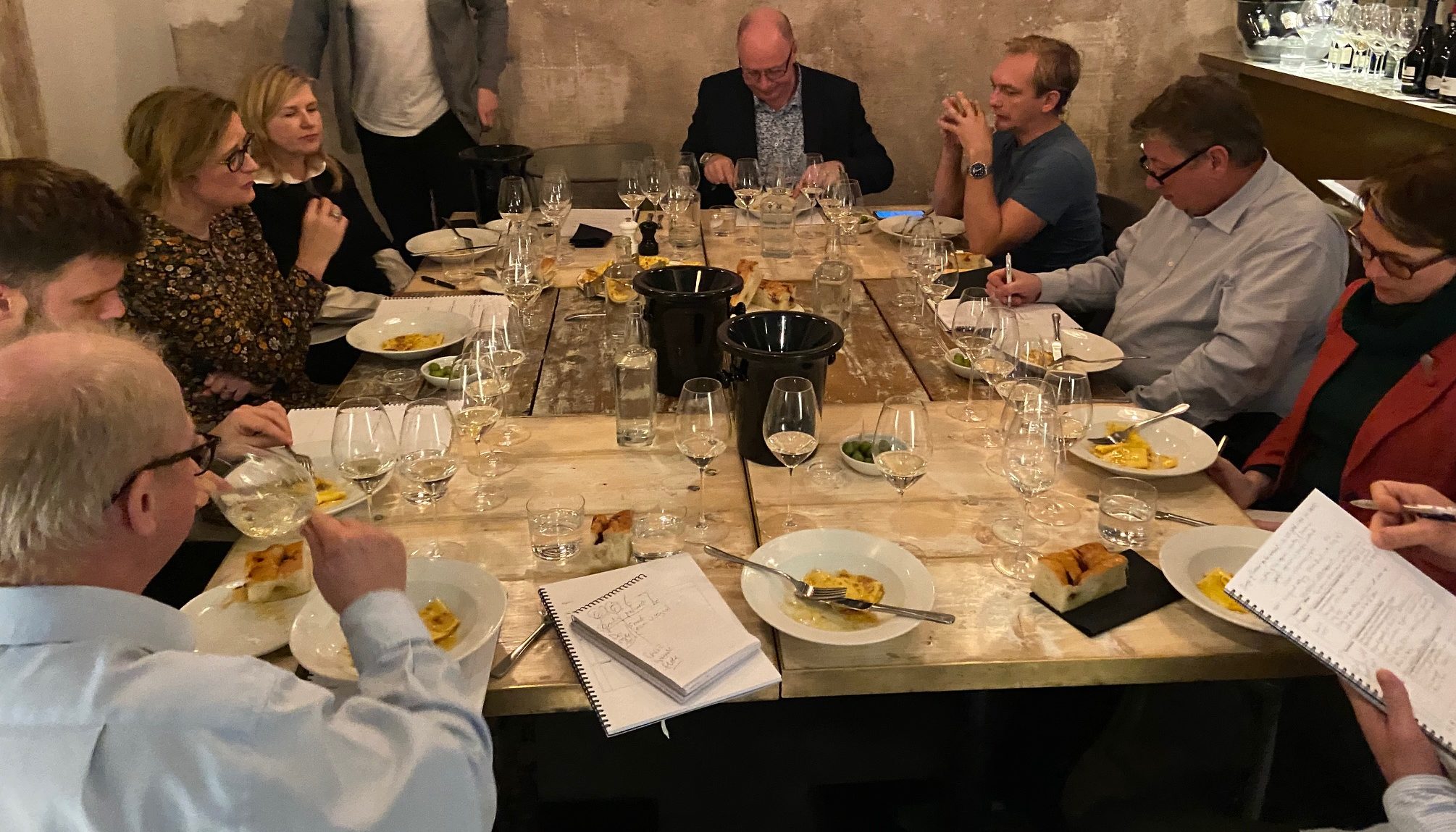There is Prosecco and then there is DOCG Prosecco. The more elegant style of Prosecco that producers and an increasing number of distributors hope can yet make its way in the premium on-trade.
If there was a wine category that perfectly illustrated the polarising views there are within the wine industry towards which kinds of wine it should be promoting, supporting and talking about then it would have to be Prosecco.
Which would probably come as a big surprise to the average wine drinker out there. For surely Prosecoo has been by far the biggest success story the wine sector has had since Pinot Grigio shook up wine lists the country over?
Prosecco’s success is a classic example of the consumer voting with its feet, or in this case, its throat. The more Prosecco retailers and restaurants made available to buy, the more the average wine drinker lapped it up. Crucially it also brought occasional and non-wine drinkers into the fold, attracted by this easy to drink, approachable, fizzy alternative to whatever they were drinking before.
Prosecco has arguably helped transform the average night out and how we, as a nation, enjoy alcohol. It has made every day bubbles a new drinking category in its own right. Where it is OK and normal to be drinking a sparkling wine on a Monday lunchtime, as it is on a Saturday night. It means we don’t just drink sparking wine to celebrate a specific occasion, we open a bottle any time we fancy a drink.
But as with any great wine success story, pricing, discounts and promotions take over to turn that success into nothing more than a commodity. Which is where so many wine buyers have fallen out of love with Prosecco.
Two sides to the story
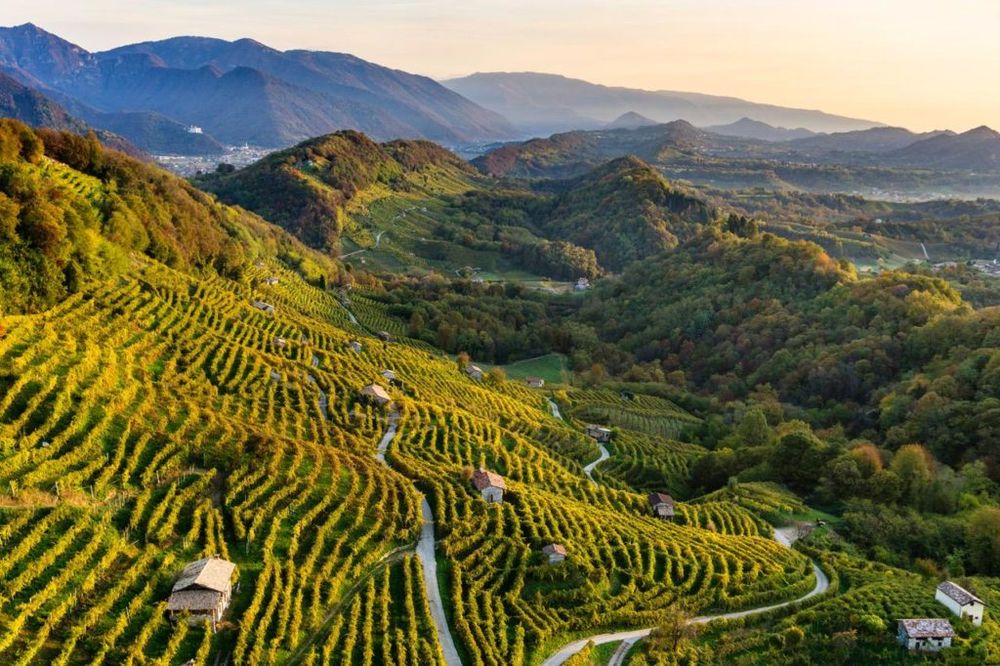
The steep hillsides of Conegliano Valdobbiadene, where the DOCG Prosecco grapes are grown
But that’s only part of the story. When it comes to taking about Prosecco there are two very distinct markets to understand. The every day styles, dominated by DOC production, and the higher, more premium, refined, and gastronomic Proseccos, represented by the increasing number of DOCG Proseccos in the market. Styles that have elevated the category into more premium areas such as the Cartizze and Rive styles.
Just as Champagne has its prestigious Grand Marque houses and expensive vintage styles, it also has bottles of ‘Champagne’ in Aldi and Lidl at under £10 a bottle. But never the twain shall meet on the streets of Reims.
It’s high time the ‘other’ world of Prosecco has its moment to shine. To potentially open and offer Prosecco-loving, or wine drinking consumers in general, new, different and alternative styles of Prosecco to enjoy for different occasions and moments in their lives.
It’s not just the average wine consumer that has yet to fully discover and explore the world of DOCG Prosecco. There are more than a fair number of leading wine buyers, sommeliers, and restaurateurs that, for one reason or another, have yet to come to terms or been made fully aware of what Prosecco can mean for them at higher quality levels and price points.
That might be because at the moment whereas 70% of DOC Prosecco is exported, the majority of DOCG Prosecco remains in Italy. For example, only 10% of the Prosecco sold in the UK is from the premium region of Conegliano Valdobbiadene.
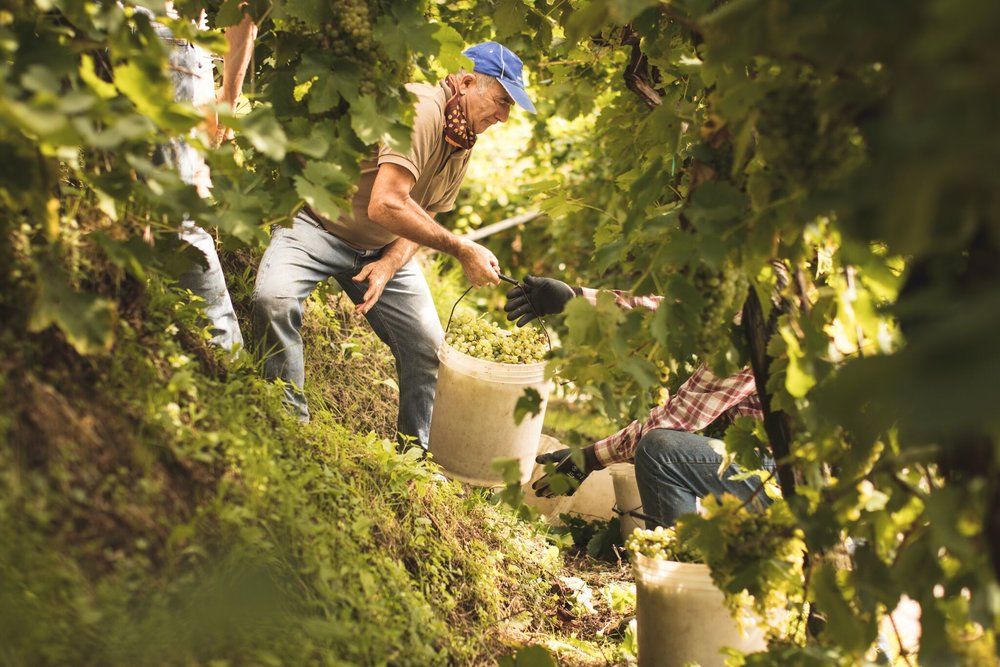
Not for the faint-hearted, grape picking in the hills of Congegliano Valdobbiadene is back breaking work
So the opportunity is there to introduce more wines and styles to the UK market. Particularly as more wholesalers and operators alike are looking at which wine styles they can use to drive margin and profit into the sector.
With an average ex cellar price of €5 of bottle, Conegliano Valdobbiadene certainly has the wines to help do that. The market is also beginning to open up with exports of Conegliano Valdobbiadene having trebled to the UK over the last four years, to around 7m bottles a year. It is also exporting well to Germany and the US, where in particular the growth is all coming from Superiere.
Time for change
A position that is firmly in the sights of the Consorzio di Tutela del Prosecco di Conegliano Valdobbiadene, the body set up to producers in the region to protect and promote wines from the designated DOCG areas, first recognised in 2009 (the DOC designation was recognised in 1969).
What’s particularly encouraging for the Consorzio is the focus and increase in exports is helping to raise the price of land in the region. Which, in turn, is encouraging more growers, particularly younger ones, not just to sell their grapes to the nearest co-operative or bottler, but look to invest in building their own wineries and making their own quality wine. Increasing the volume and percentage of not just DOCG wines that are available, but producers who are actively looking to export and get the recognition for doing so.
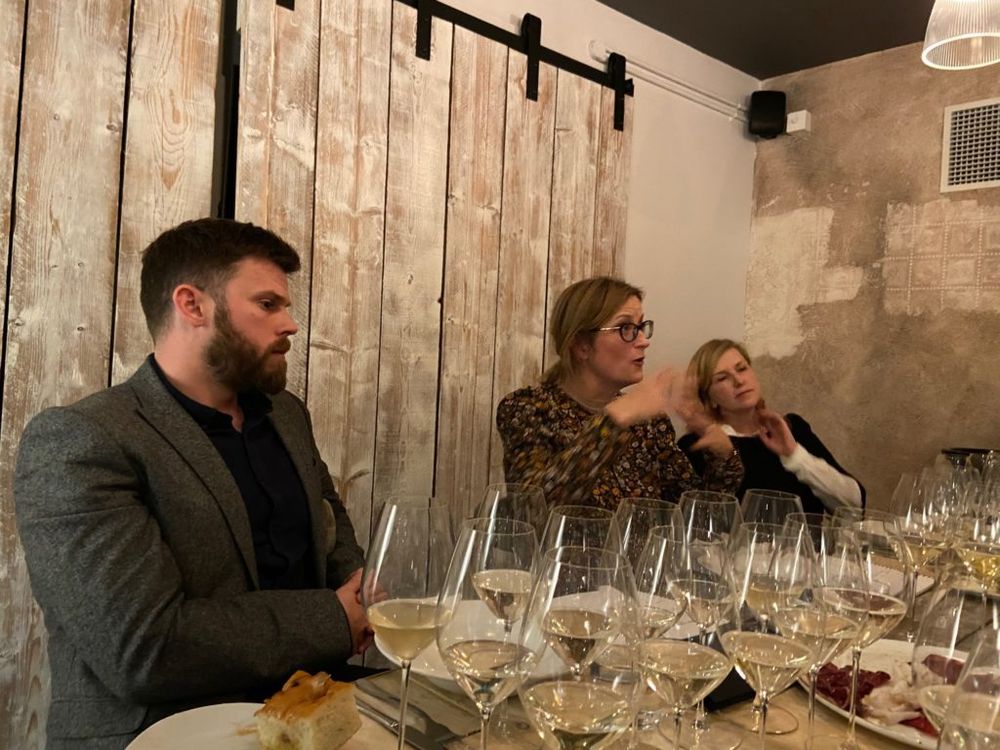
Sarah Abbott MW, centre, believes there is much that Prosecco DOCG can offer the premium on-trade
To help better understand how leading buyers, importers, wine merchants and restaurateurs feel about the more premium, and DOCG side of Prosecco the Consorzio, headed up by its UK ambassador, Sarah Abbott MW and the team at Swirl Wine Group, teamed with The Buyer to host a debate with a twist.
The chance not just to share their own experiences and thoughts on where DOCG and premium Prosecco can sit in the on-trade, but also an opportunity to experience how these wines might work in their outlets and businesses. The chance to take part in a tasting featuring a wide range of styles of DOCG Prosecoo and then see how they pair and work with different dishes prepared by our hosts Bancone, the breakthrough Italian restaurant in Covent Garden.
For Abbott the event was also a way for the Consorzio on behalf of its producers to really showcase the big changes that have taken place in the region. “We want to try and bring more of these wines to market and introduce the concept that there are some properly crafted wines that have the appeal of familiar Prosecco, but also with additional intricacy and depth. They also have a bit of Italian glamour in both wine style and packaging. Many consumers love that, and “it’s great to have wines that combine authentic quality with a sense of theatre and fun” she said.
The Panel
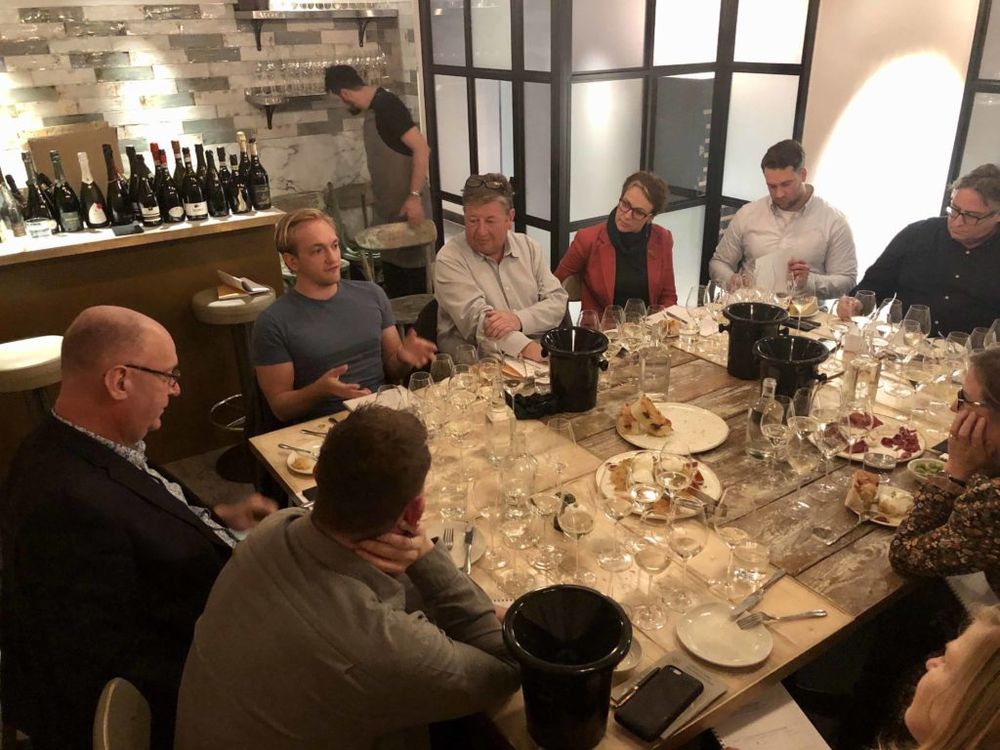
The panel of buyers included merchant, restaurateurs, sommeliers and distributors
To help us was our panel made up of:
- John Clement, head of beverages at the Casual Dining Group.
- Paola Tich, founder of Vindinista wine merchants in Acton, west London.
- Johnny Kleeman, sommelier at MJMK Restaurants.
- Victoria Sharples MW, head of wine at St John Wines.
- Danny Spencer, co-founder of East Street Wines.
- Simon Jerrome, head of wine at Matthew Clark.
- Roger Jones, owner of The Harrow at Little Bedwyn.
- Harry Crowther, wine consultant, Grain to Grape and Grape Times.
- Andres Rangel, assistant sommelier at Gymkhana.
- Sarah Abbott MW, brand ambassador for Consorzio di Tutela del Prosecco di Conegliano Valdobbiadene.
Roger Jones admitted that prior to the debate he had been unsure about listing Prosecco as he was not sure that was the right image for his restaurant and customers. But the opportunity to taste such a wide range of premium, DOCG Proseccos was a bit of a revelation to him.
“It was a very interesting tasting and certainly opened my eyes. My two favourites were what you you might call the most non-Prosecco. I would certainly now look deeper into what would work for The Harrow,” he said.
“I think the challenge is the term ‘Prosecco’ means different things to different people. For some customers it is seen as being great value, a bit of a bargain and let’s buy it as it’s the cheapest on the list. Perhaps people who like sweeter wines and more ‘child friendly’ styles than more complex wines. Then there is the elite who are going to search out and enjoy the very best from this region. The difficultly is when you mix the three together under the same term and it does not work,” he argued.
“For me it will be individual wineries that will star, like Nino Franco. But on a positive note I certainly am now more open to Prosecco and what it can offer me,” said.
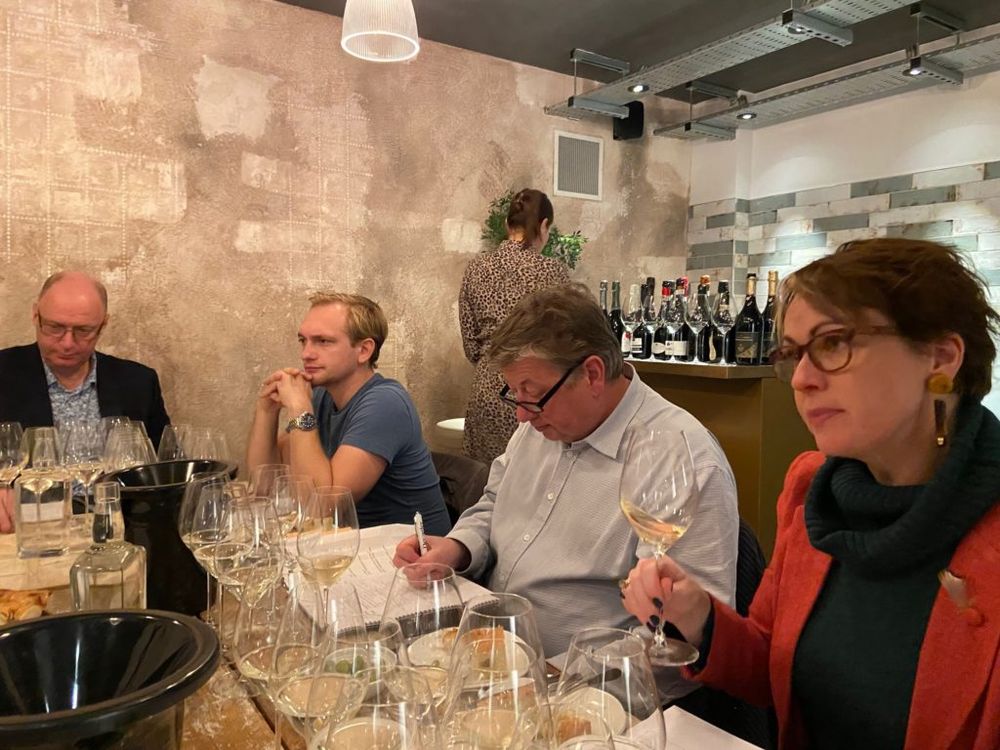
Jonny Kleeman, Roger Jones and Victoria Sharples were all keen to try the different DOCG styles
Andres Rangel said Prosecco was not a style of wine they had traditionally listed at Gymkhana as it was felt it was not the ideal pairing for premium Indian dishes, but the tasting had certainly “opened the door” to seeing different styles, particularly drier options that would be more suitable.
As the St John Group only lists French wines, Prosecco has not been on Victoria Sharples immediate radar, but she has sourced some Proseccos for some of her wholesale customers and was open and interested to hear more about what is going on at the more premium end of the Prosecco spectrum. Particularly as these are wines her customers would be coming in contact with.
It was interesting to hear how some of the buyers, notably Jones and Sharples identify the growth in demand for Cremant, and more gastronomic styles of sparkling wine, as being a potential avenue for premium Prosecco producers to go after.
For sommelier, Jonny Kleeman, it was vital in his role as wine buyer to be familiar and up to speed with “every level of sparkling wine, including Prosecco”. It is such an important category for any restaurant group that you need to be looking to offer your customers what they are looking for and what goes with your food, he stressed. Premium Prosecco is very much part of that debate, he added.
In a previous role for an Italian restaurant, for example, it had seen Prosecco as competing very much head to head with Champagne. Whereas in other venues, Prosecco was seen as the entry level sparkling.
Danny Spencer said Prosecco, at all levels, was key for his wholesale business East Street Wines that only deals with what he calls the “quality casual” on-trade where they can play a role in helping those outlets put together wine lists.
“I am here today because my biggest selling line is Prosecco, my third biggest is Prosecco and my fifth biggest is Prosecco,” he said. “It helps pay my mortgage. It is good for me to see Prosecco at different levels.”
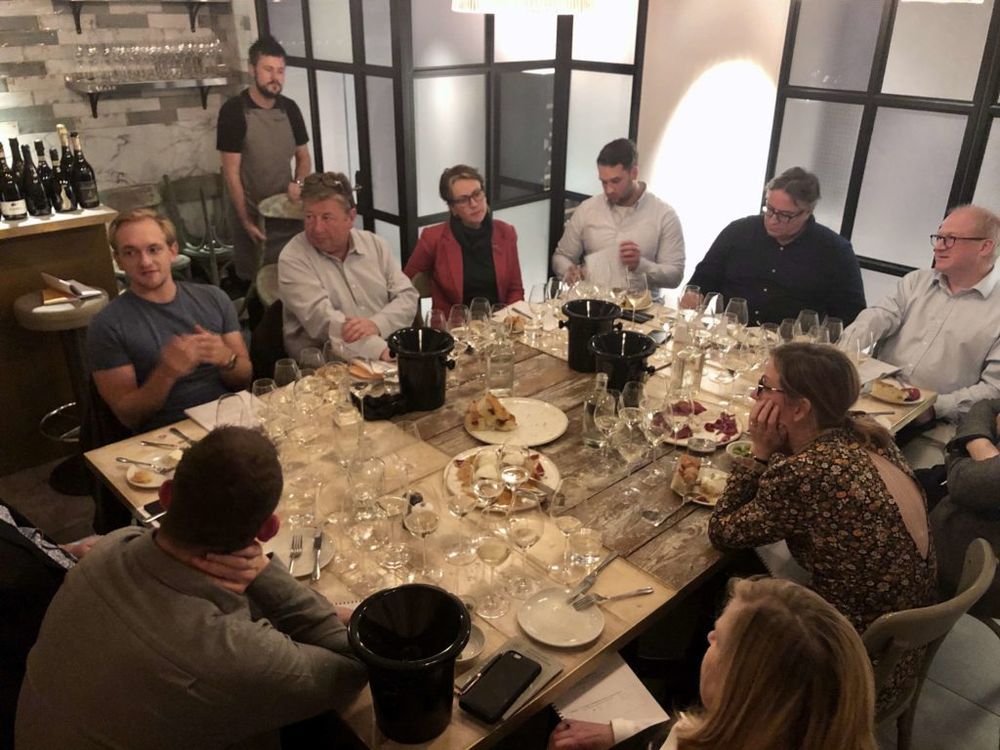
The Italian pasta specialists, Bancone, was the suitable host for the debate
Developing premium tiers
Spencer also made comparisons between Prosecco and what Italy did to Pinot Grigio and the difficulties it has had by not introducing and promoting more quality tiers. “They made a bit of a pig’s ear of Pinot Grigio and allowed something that was pretty premium to go down, and down. So let’s hope Prosecco does not follow that route and it is good to see the steps it is taking to protect itself a bit more.”
Being able to go to the market with different pricing tiers and styles of Prosecco is going to be increasingly more important for buyers and operators like Spencer, he stressed.
East Street Wines, for examples, centres its Prosecco range around three different price points and Spencer said that its highest price wine sells just as well as the lowest priced one.
That’s because he works a lot with cocktail bars in central London who have successfully found a way to premiumise Prosecco. “People don’t want Bordeaux at 3am in the morning, they want wines they can drink. Yes, they want to sell premium Champagne, but they also want to sell wines that are a little softer and easier to drink so that’s where quality Prosecco really works well. It’s about having the right range and wines in the right place,” he explained.
Harry Crowther said he has had a lot of success with good quality DOC Prosecco in major casual dining groups. One premium cocktail group he worked with, for example, was selling 70,000 bottles in 20 outlets. The challenge came when you try to push up price points in those kind of outlets. One route that has worked well, at least with DOC Prosecco, has been to introduce own label lines that push up the average spend per bottle, he added.
But experience has taught him that when looking to introduce DOCG and Cartizze level Prosecco it is important to make a clear distinction in price away from DOC, otherwise you end up “de-valuing what Cartizze can offer”. “You have to be brave and make the customer feel like they are getting something a little more special,” he said.
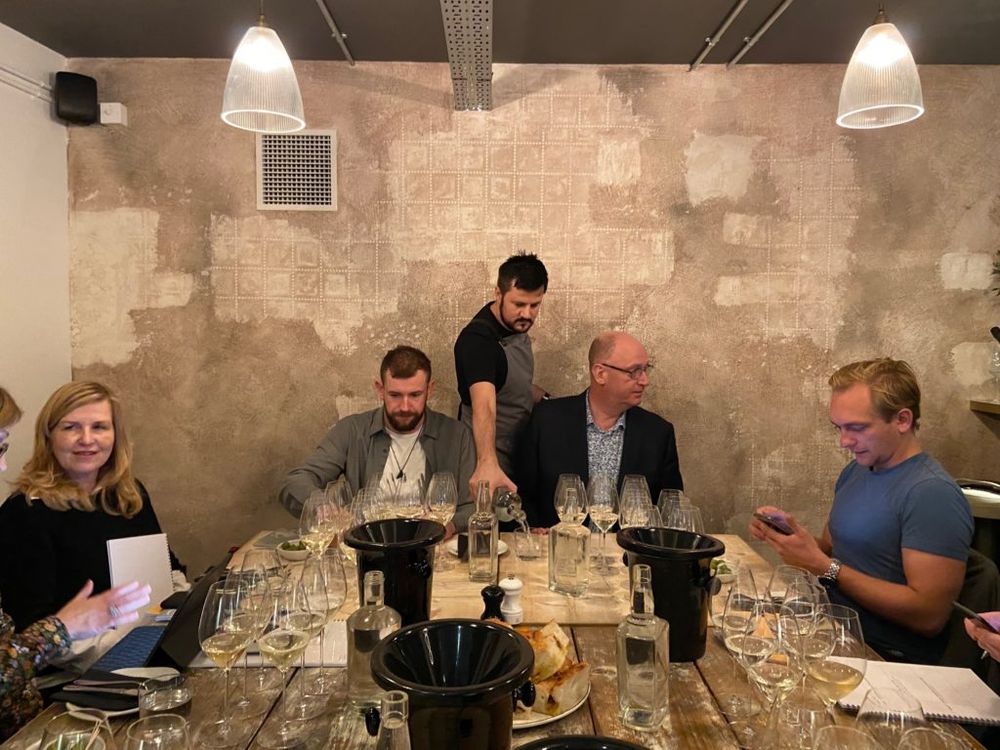
Harry Crowther, centre left and Danny Spencer, centre right, getting ready for the tasting and debate to begin
It’s a delicate balancing act, said Spencer, as if you have two Proseccos on a list you will have to work really hard to sell more of the expensive one. “If have one at £30 and one at £35 then the £30 will sell as the consumer does not currently have the reason to spend more,” he added.
That’s where Sharples believes you have to be brave enough to make that price gap even bigger – £30 to £39 and say a Champagne at £60 – to convince customers that they are trading up to something significantly better. “You also have to give them cues on the list that says this is like Champagne but from Italy,” she said.
John Clement, who looks after buying for groups including Cafe Rouge and Bella Italia at Casual Dining Group, said DOC Prosecco is a fundamental part of its business and it sells 200,000 a year. “What I really need to understand is how do we get people trading up from entry level Prosecco to looking at something more interesting. It’s a hero on the list but also stops people going anywhere else as well. We need to investigate new opportunities and try and change the idea of what people should be drinking.”
On-trade is crucial
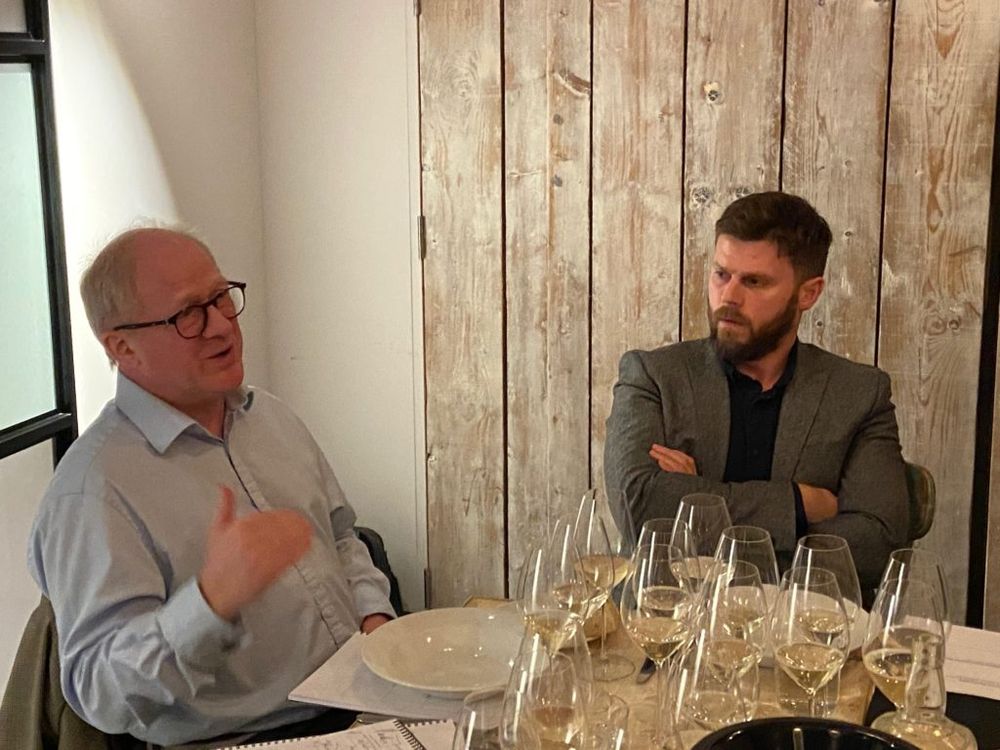
Simon Jerrome sets out his case to Jon Clement
It’s an even bigger DOC story at Matthew Clark, said Simon Jerrome, but there are certainly opportunities for more premium tiers across different channels of the on-trade. “It is probably the only place that we can start to sell more of these premium Proseccos,” stressed Jerrome who hoped more producers go down the premium route and escape the price battle going on in supermarkets.
It is certainly well placed to help do so considering its estate covers the infamous “Dog and Duck” to being the biggest supplier of wine into Michelin star restaurants, he said. “We have a broad range and a number of different styles of Prosecco. So we have got an opportunity to experiment.”
But the overall Prosecco category has to realise it sits in an ultra competitive market that is having hard time, particularly in casual dining where it has been so strong. “We have to remember it has also been a cash cow for a lot of people for a long time and we can’t avoid that. But we are attempting to push people up to more premium Proseccos as there is more money in it for everyone if we can,” he stressed.
He also, though, wanted to stress there was still some very good value and excellent quality Proseccos at entry and mid level that really deliver both for the trade and their customers. “We need to be careful here. The wine industry is already losing a lot of drinkers to gin and cocktails. Prosecco has helped sparkling wine become part of an every day round of drinks in the pub. That’s important. We don’t want to lose that.”
Paola Tich of Vindinista is well placed to talk about Prosecco as her family grew up in Veneto close to Valdobbiadene and grew up drinking “super premium Prosecco”. In her wine merchants business she is working well with an organic DOC frizzante at £13.50 and, following the roundtable, has now taken on a superiore.
She said she would ideally have a third, premium tier “in the early 20s” that she could sell all year round, but has tended only to go to DOCG for the festive period and push it up around £25. ”People liked it and we sold a fair bit of it,” she said.
Opportunity for Extra Brut
The buyers were particularly taken with the Extra Brut wines shown during the tasting. Which is good news for the Consorzio as this is only a category that was introduced from August this year to reflect wines that are made using between zero and 10gm per litre of residual sugar. “This represent a huge growth opportunity,” said Abbott.
They were certainly the styles of wines the buyers returned to time and again during the event. Or the “non Prosecco” Proseccos that Roger Jones referred to.
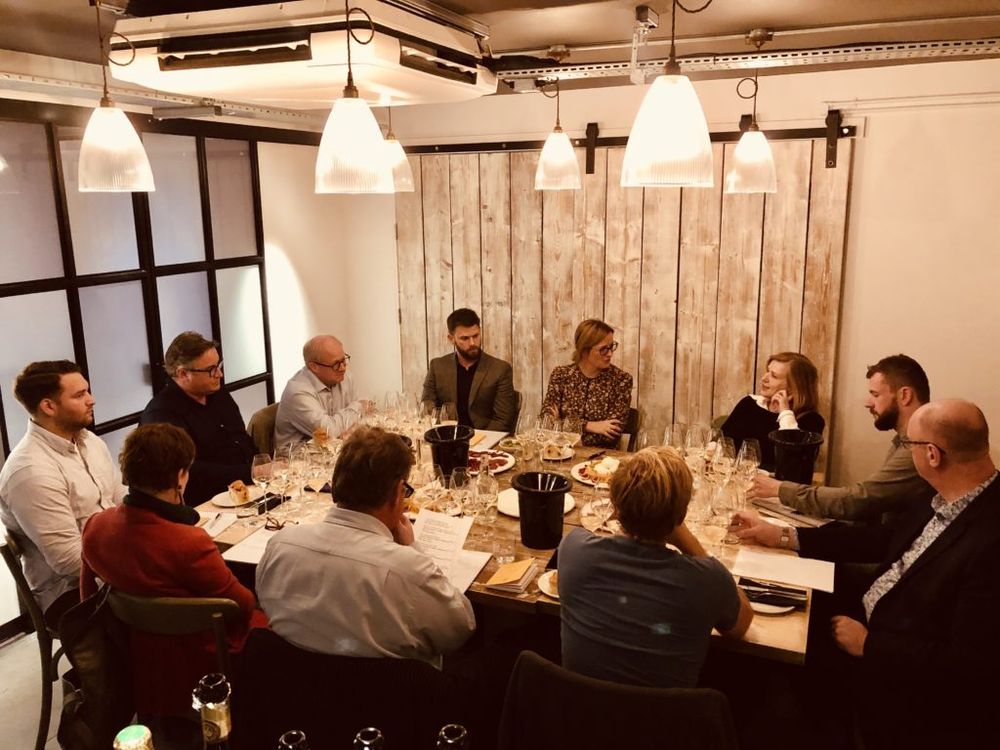
The debate was an opportunity for the buyers to see a wide range of DOCG Proseccos at one time
Simplifying the message
Adding extra layers to the premium end of Proscco, and single village sites like Rive, clearly made sense to most of the buyers in terms of differentiating it from the mass DOC level, but there were also concerns about making it too complex. Particularly on the label, said Kleeman. “Perhaps have ‘Classico’ on the label as way to signify all these premium areas are a better quality,” he suggested.
“The name now is so important,” agreed Kleeman who pointed to the different quality grades there are with Gran Reserva and Reserva in Rioja and Grand Cru and Premier Cru in France.
Tich agreed there were now so many levels of Prosecco to understand from Prosecco Frizzante, Spumante, Brut, Extra Brut, Dry, Cartizze, Rive through to the different regions like Valdobbiadene. “There is so much going on there,” she said.
Jerrome likened Prosecco’s situation to the Australians when they first came to the UK with different levels of Chardonnay. “They really struggled to get people to understand why they should pay more for a particular Chardonnay when there was nothing on the label that made it different. At least with Rioja you have the Reserva and Gran Reserva. It’s a stepping stone. It helps you. But why would a customer pay £5 for a Prosecco in a supermarket and £30 or more in a restaurant. There is nothing on the label they can understand that explains why they have to pay more,” he explained.
It’s also the same with the taste, said Sharples. How does a customer know if it is dry, or sweet? With so many different styles it would help them better understand the actual style of Prosecco they were buying.
In terms of the quality side of things, Sharples even suggested shortening Conegliano Valdobbiadene to ‘Valdo’ so that it was easier for people to remember and pronounce. Abbott said some US sommeliers were already doing that and using “ConVal” to describe the wines.
She also confirmed that only 10% of producers within Conegliano Valdobbiadene don’t put Proseccco on the label.
Clement at the Casual Dining Group said it “relies on the menu to sell the wine” so the messaging and description of the wine has to be spot on.
* In Part Two of our report we will look in more detail about how some of the buyers have taken on the messages from the debate in their own businesses as well as explore other areas from the initial wine ranging debate.
